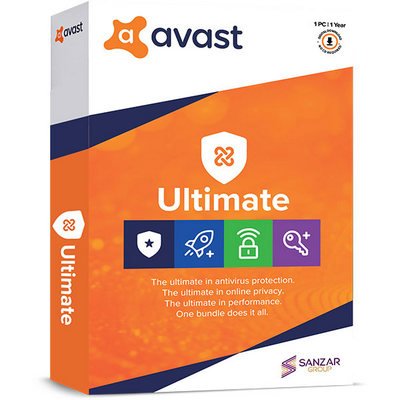
:max_bytes(150000):strip_icc()/avast-free-antivirus-e66305cb7e1b47e1a56be6abcac91ee9.png)
To best evaluate Avast One’s overall impact on system performance, we need to look at five distinct stages of the software’s usage: normal conditions, running updates, Smart Scanning, Deep Scanning, and Boot-Time Scanning.Īll five of these modes require different levels of RAM, CPU, and disk usage, so it is helpful to analyze them individually. Under a normal load, Avast consumes about 165 MB of RAM, which, by current standards is pretty minimal, especially for software as critical as antivirus that offers real-time scanning for active protection.
#Avast one computer install#
If you’re interested in Avast, your best bet might be to install the software and see how the software affects your performance.Īvast One Essential is free, so there’s no monetary commitment, and you can always uninstall the software if it seems to slow you down. The resource requirements for the Avast One software are low enough that you probably won’t notice a difference unless your computer is several years old or underpowered. Yes, but so does every other antivirus program you’ll ever install, and you’d be foolish to remove or disable all forms of virus protection on your PC. Whether you’re considering installing the company’s “Avast One” antivirus software or have already installed it, you might be wondering if the popular program will slow down your computer. On top of all that, Norton and Avast recently announced a merger that will, no doubt, only increase Avast’s influence among PC users. With Avast’s acquisition of fellow free anti-malware company AVG followed by Piriform (makers of CCleaner and Speccy) in 20, respectively, Avast has become a dominant force in the cybersecurity sphere.

Ever since 2001, when Czech-based Avast PLC began offering its antivirus software for free, its popularity seems to have grown a little every day.


 0 kommentar(er)
0 kommentar(er)
